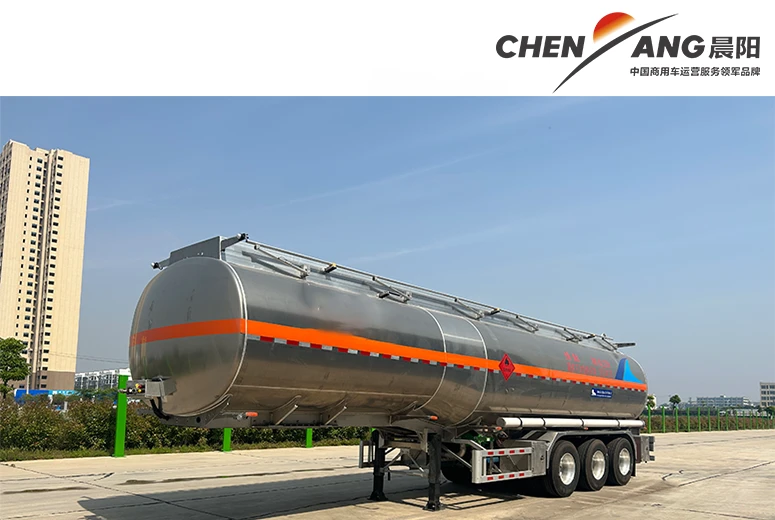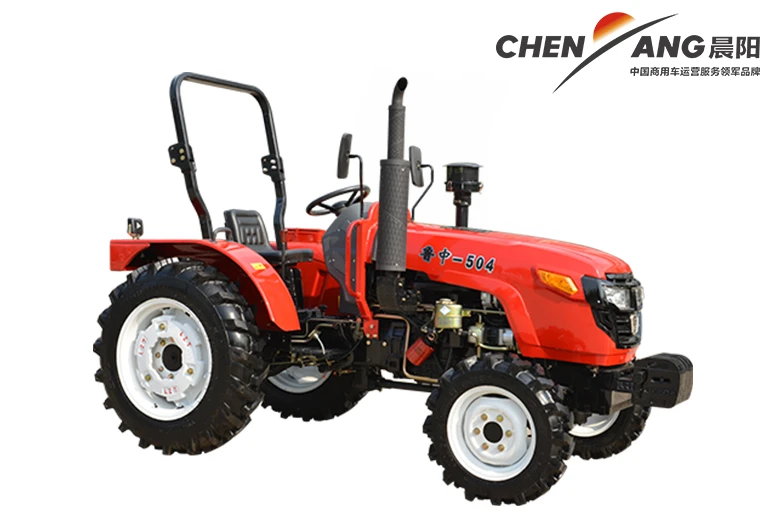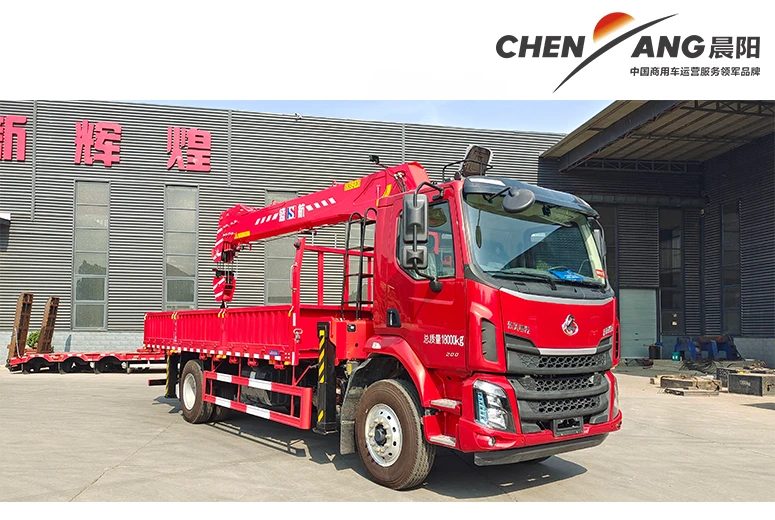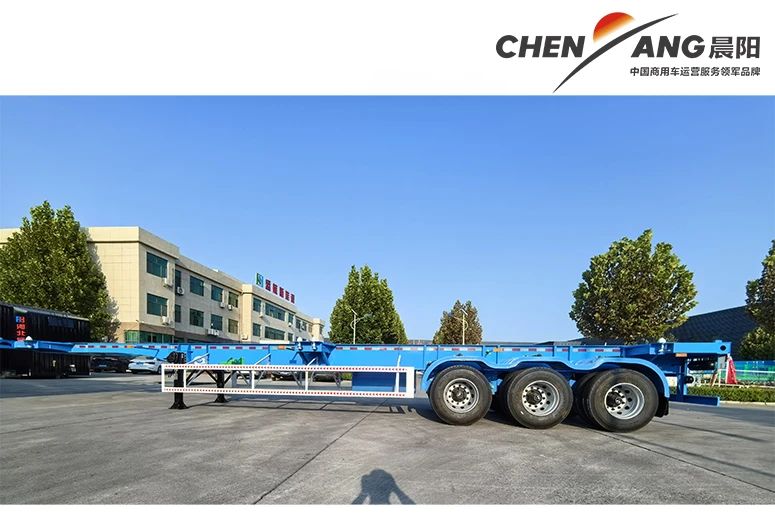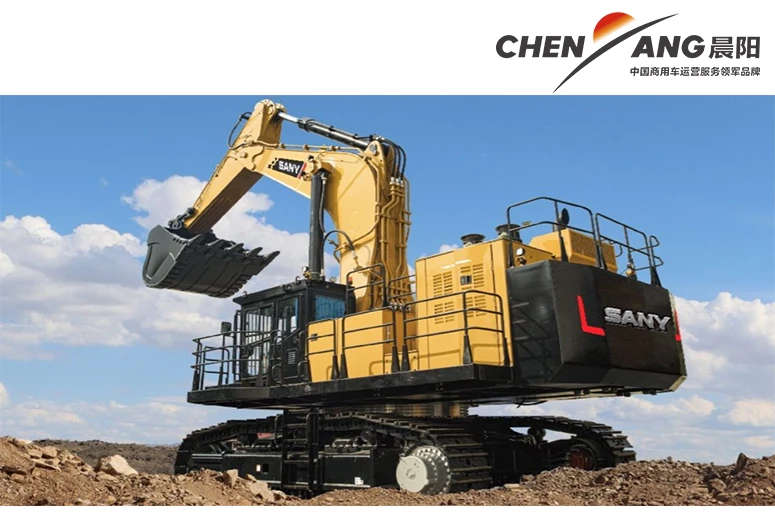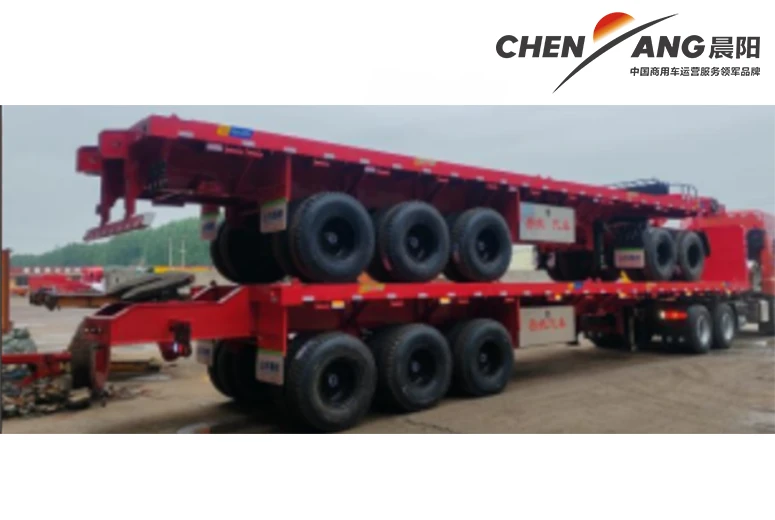Understanding Transmission Pressure Gauge Importance for Optimal Vehicle Performance and Safety
Understanding Transmission Pressure Gauges Importance, Functionality, and Maintenance
In the realm of automotive engineering and heavy machinery, ensuring optimal performance and safety is of utmost importance. One crucial component that plays a significant role in monitoring and maintaining the performance of hydraulic and transmission systems is the transmission pressure gauge. This instrument not only aids in diagnosing issues but also contributes to the overall longevity of the machinery.
What is a Transmission Pressure Gauge?
A transmission pressure gauge is an instrument designed to measure the hydraulic pressure within a vehicle's transmission system. It provides real-time data regarding the pressure levels in the transmission fluid, which is pivotal for efficacious gear engagement and smooth gear transitions. This gauge is typically calibrated in psi (pounds per square inch) or bar, depending on regional preferences and standards.
Importance of Transmission Pressure Gauges
The significance of a transmission pressure gauge cannot be overstated. It serves multiple critical functions
1. Performance Monitoring By continuously monitoring transmission fluid pressure, the gauge allows operators to assess the performance of the transmission system. Abnormal pressure readings can indicate potential issues such as leaks, clogs, or internal damage.
2. Early Diagnosis of Problems Mechanical failures often start with subtle changes in pressure. A transmission pressure gauge can signal these discrepancies early on, enabling timely repairs and avoiding more extensive damage and costly repairs down the line.
3. Enhanced Vehicle Safety Proper transmission function is essential for a vehicle’s operational safety. By monitoring transmission pressure, operators can identify problems that could lead to transmission failure while driving, thereby preventing accidents.
4. Operational Efficiency Maintaining the right pressure levels ensures that the transmission operates at peak efficiency. An efficient transmission system reduces strain on the engine, improving fuel economy and extending the life of both the transmission and the engine.
How Transmission Pressure Gauges Work
Transmission pressure gauges utilize various technologies to accurately measure fluid pressure. Most commonly, they employ either mechanical or electronic methods
- Mechanical Gauges These gauges operate using a Bourdon tube, which is a curved metal tube that straightens under pressure
. As the fluid pressure increases, the tube straightens, causing a needle on a dial to move and indicate the pressure level.transmission pressure gauge

- Electronic Gauges These employ pressure sensors that convert pressure readings into electronic signals. These signals are then transmitted to a display, often providing a more precise and easier-to-read output.
Common Issues and Troubleshooting
Like any component, transmission pressure gauges may encounter issues. Common problems include
- Inaccurate Readings This can stem from a faulty gauge, kinks in the pressure line, or air in the system. Regular calibration and inspection can help maintain accurate readings.
- Leaks A leak in the transmission system can lead to a drop in pressure. Operators should routinely inspect their transmission fluid levels and check for signs of leaks around the gauge or the transmission seals.
Maintenance of Transmission Pressure Gauges
To ensure longevity and accuracy, regular maintenance of transmission pressure gauges is essential
1. Routine Checks Periodically inspect the gauge for any signs of wear, corrosion, or damage. Regularly verify that connections are secure and that there are no leaks in the pressure lines.
2. Calibration Schedule regular calibrations to ensure the gauge provides accurate readings. This is particularly important in high-use environments where accuracy is critical.
3. Fluid Maintenance Maintain the quality of the transmission fluid, as contaminants can affect pressure readings. Regular fluid changes and filter replacements are advisable to ensure optimal performance.
Conclusion
In conclusion, the transmission pressure gauge is an indispensable tool in the monitoring and maintenance of vehicle and machinery transmission systems. By providing crucial insights into the health of the transmission, this gauge not only aids in performance optimization but also enhances safety and longevity. Proper understanding and maintenance of this instrument will contribute significantly to the efficient operation of hydraulic systems in automotive and industrial applications.
-
SHACMAN Left Door Lock Assembly | Durable & Reliable ReplacementNewsAug.21,2025
-
LZ504 32 Series Agricultural Tractor: Compact & Powerful Farm WorkNewsAug.19,2025
-
plastic pipe fittings-Chenyang Group|Durable&CustomizableNewsAug.18,2025
-
Plastic Industrial Pipe Fittings - Chenyang Group | Durable, Customizable, VersatileNewsAug.18,2025
-
8T Truck Mounted Crane: Powerful, Versatile Lifting SolutionsNewsAug.18,2025
-
Durable Plastic Pipe Fittings - Chenyang Group | Customizable, VersatileNewsAug.18,2025
Popular products




